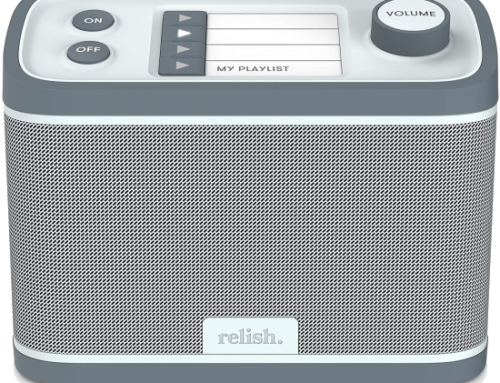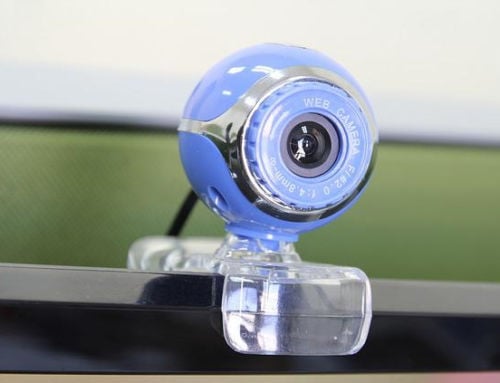The V.ALRT Personal Emergency Alert Device

Thanks to Tami Terns at North Dakota Assistive for this technology spotlight on an affordable emergency alert device for smartphone users.

There are many good medical/emergency alert systems on the market today that call for help with the touch of a button. Deciding which is best is not always an easy task. It’s important to consider: does the system require a landline or cellular service? Does a user have to rent or own the device? And will the system call emergency personnel or just contact friends and family? Users should also weigh the cost, monthly fees, and features included, such as if it provides GPS tracking or fall detection.
Let me share an emergency button that has recently been placed on my “favorites” list.
The V.ALRT is a small (dimensions of 1.3” & 0.4” thick) wearable device that uses Bluetooth Smart technology with a free mobile app to initiate calls and text messages from a smartphone. When the V.ALRT is pushed, the user’s smartphone sends a customizable text message and GPS location to up to 3 pre-selected contacts. V.ALRT does not call 911.

Here are my top 3 reasons this device is on my “favorites” list:
No Monthly Fees
When it comes to medical alert systems, most require a monthly fee. There are no monthly fees, contracts, or setup fees with this device. Because the V.ALRT operates through the smartphone, all of the features are available without a service fee.
Android & iOS Compatible
The V.ALRT works with iPhone 4s/iOS 7 or newer, as well as Android 4.3 or newer with Bluetooth 4.0.
No Charging Needed
The V.ALRT has up to one year of battery life and powered by a standard CR 2032 watch battery.
Other great features of the V.ALRT:
- Fall Detection – this option, when turned on, will automatically send out an alert after a 60-second countdown. This is a nice feature when a user is unable to push the button.
- GPS Locator – along with the alert text messages and phone calls, the location from the smartphone will be sent to the 3 selected emergency contacts.
- Wireless Range – the V.ALRT must be within range of the smartphone to operate. It has a wireless range up to 75’ indoor or up to 300’ outdoor using Bluetooth 4.0. This range is larger than most Bluetooth connected devices.
- Waterproof – the button can be submerged in water up to 3.3’ for a maximum of 30 minutes. This makes it very ideal when going to the pool, worn during vigorous exercise, or worn in the shower or bathtub.
- Wearable Options – this device can be carried discreetly in a pocket or a bag, worn on the wrist, or around the neck as a pendant. The wristband and pendant/key ring accessories are included. The belt clip is an additional accessory, and other wristband or pendant/key ring accessories can be ordered.
- Belt Clip – $14.99
- Pendant/Key Ring – $4.99
- Wristband – $14.99
- Cost is $39.99 – there is free shipping, a 30-day return policy, and it comes with a 1-year warranty.
- Out of Range Notifications – if the V.ALRT is out of range or is disconnected from a synced smartphone, both devices will receive an audible notification.
No matter the situation, I think V. ALRT is a great emergency alert system for those who keep their smartphones with or near them. This system can benefit children, college students, teachers, runners, seniors and so many more.
Tami Terns is an AT consultant with North Dakota Assistive. She recently published a follow-up post reviewing her experience setting up and testing the V.ALRT. North Dakota Assistive is the ND State AT Program.
Learn How to Choose an Alert System
Find Your State AT Program
Monthly Blog Digest
Search the blog
State AT Program Blogs
California
Florida
Indiana
Kentucky
Louisiana
Maryland
Massachusetts
Michigan
Montana
North Carolina
North Dakota
Utah
State AT Program Blogs
The AT3 Center, the Association of AT Act Programs (ATAP), and the Administration on Community Living (ACL) make no endorsement, representation, or warranty expressed or implied for any product, device, or information set forth in this blog. The AT3 Center, ATAP, and ACL have not examined, reviewed, or tested any product or device hereto referred.








